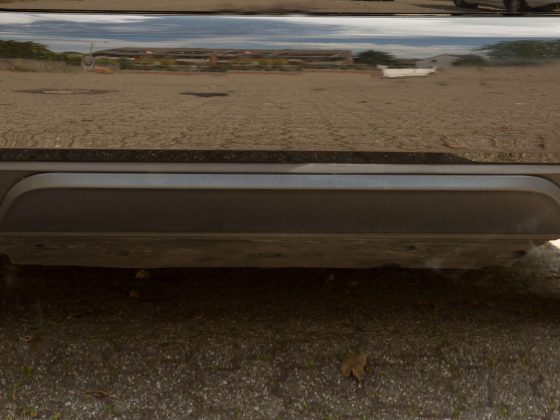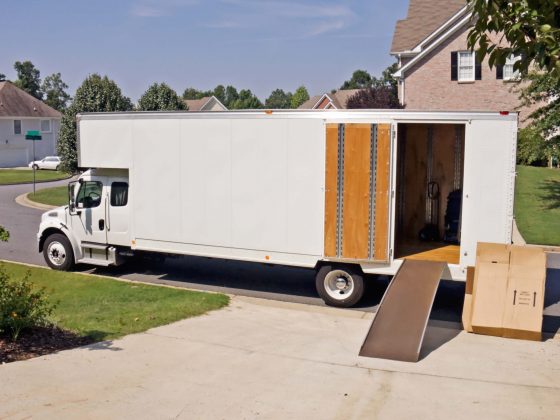When it comes to car maintenance, auto experts warn drivers about the effects of driving on rough road conditions.
Use eTags© to Quickly Complete Your DMV Service. Renewals, Title Transfers and More, All Online!
Perhaps you haven’t found any potential malfunction in your car yet, but not paying attention to where you are driving is also associated with poor maintenance, which ultimately takes a toll on your vehicle.
If you are planning a road trip or a long drive to a special event or meeting, how important is for you to drive on well-maintained roads?
Rough roads, by and large, are disrupting, noisy, uncomfortable, and tough to handle, mostly because they can damage your vehicle and tires unless you drive cautiously.
As much as you care about the health of your vehicle, you are also advised to consider the following super tips on how to drive on rough road conditions.
Drivers need to slow down
If you drive fast, chances are you won’t be able to react on time when facing certain maintenance problems in the road, nor plan an alternative road to keep driving without disruptions.
Large bumps, gashes, and holes in the road have a serious detrimental impact on your vehicle, shortening the life of your tires, and reducing the strain on your vehicle shocks and alignment.
By slowing down, you’ll also be less likely to hit puddled areas which causes your car to slide out of control.
Stay in the fast lane
This applies to drivers who are venturing on the highway, where slower drivers are encouraged to stay in the right lane, whereas drivers who opt for passing other vehicles are expected to stay in the fast left lane.
The right lane usually gets trucks and other bigger vehicles that wear down the road due to their excessive weight.
Driving in the left lane, on the other hand, works better for your car, especially when the road is in challenging conditions.
If you are driving in rural areas or dirty roads, steer your vehicle onto the least affected side of the road to avoid severe bumps that can impact your car and tires.
Understand and connect with your vehicle
Spend some time trying to understand how your car works. Is your vehicle rear wheels drive, front wheels drive, or all operate at the same time?
Getting that answer will help you determine how your car handle certain road conditions and what you need to do to avoid getting stuck or damaging your vehicle.
Remember that a rear wheel drive car can potentially get stuck when driving in the sand or rocky areas, while four-wheel cars are more flexible to handle tougher road conditions.
Get a car emergency kit against rough road conditions
As driving in difficult road conditions may cause your car to get stuck or face other more severe problems including blowing a tire, bringing a car emergency kit will help you solve the problem right away.
For that reason, prior to starting your car and go on a long drive, make sure your emergency kit has the following items:
- Tire Jack
- Shovel
- Jumper Cables
- Spare Tire
- First Aid Kit
To avoid being stranded, you also need to carry your fully-charged phone, water, and some healthy food items just in case things start getting more complicated.
Make additional adjustments on your vehicle
If you are driving through rough road conditions continuously, you are strongly advised to make some changes on your car so as to make your drive more pleasant.
Get a lift kit to raise your car up and switch up the shocks to a high quality option.
This adjustment alleviates any bumpy sensation you may feel inside the cabin and makes your driving experience more comfortable.
Another option is to invest in tires that are designed for tougher road conditions, as these additions have great traction to prioritize safety and adapt to the materials of the road better than conventional tires.
SEE ALSO: Your Survival Guide To Visiting The DMV – Tips And Tricks








